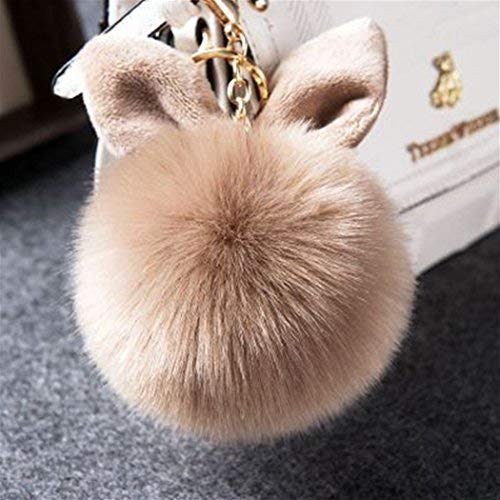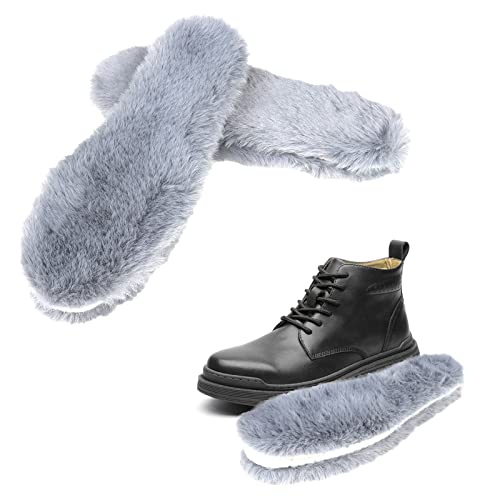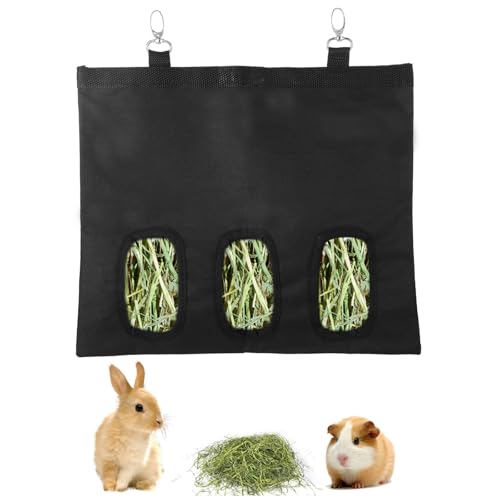RABBITGIRLFORTHEWIN
Well-known member
One of my does, Darlin (a black silver fox), kindled today and had 7 kits. I bred her to my new buck, Dusk (who is also a black silver fox), and his entire pedigree is black. Darlin has kindled before with a different buck (a chocolate silver fox), and she was a wonderful mother, producing some blacks and chocolates.
Today, she kindled again and had blacks, lilacs, and whites! I’ve heard of white silver foxes but have never seen one in person. I’m confused about how she ended up with whites. I don’t know much about color genetics, so could someone please explain this to me?
I know Dusk is a full silver and trust the breeder completely; she wouldn’t have sold him to me if there was any chance he was mixed. Darlin’s dam (a black silver fox) was from Debra Armstrong, a well-known breeder in our area. The sire (the chocolate silver fox) was a full silver fox, but I don’t have his pedigree.
How do you create a white silver fox?
Thanks so much! (Pictures of the litter are below.)
Today, she kindled again and had blacks, lilacs, and whites! I’ve heard of white silver foxes but have never seen one in person. I’m confused about how she ended up with whites. I don’t know much about color genetics, so could someone please explain this to me?
I know Dusk is a full silver and trust the breeder completely; she wouldn’t have sold him to me if there was any chance he was mixed. Darlin’s dam (a black silver fox) was from Debra Armstrong, a well-known breeder in our area. The sire (the chocolate silver fox) was a full silver fox, but I don’t have his pedigree.
How do you create a white silver fox?
Thanks so much! (Pictures of the litter are below.)



































